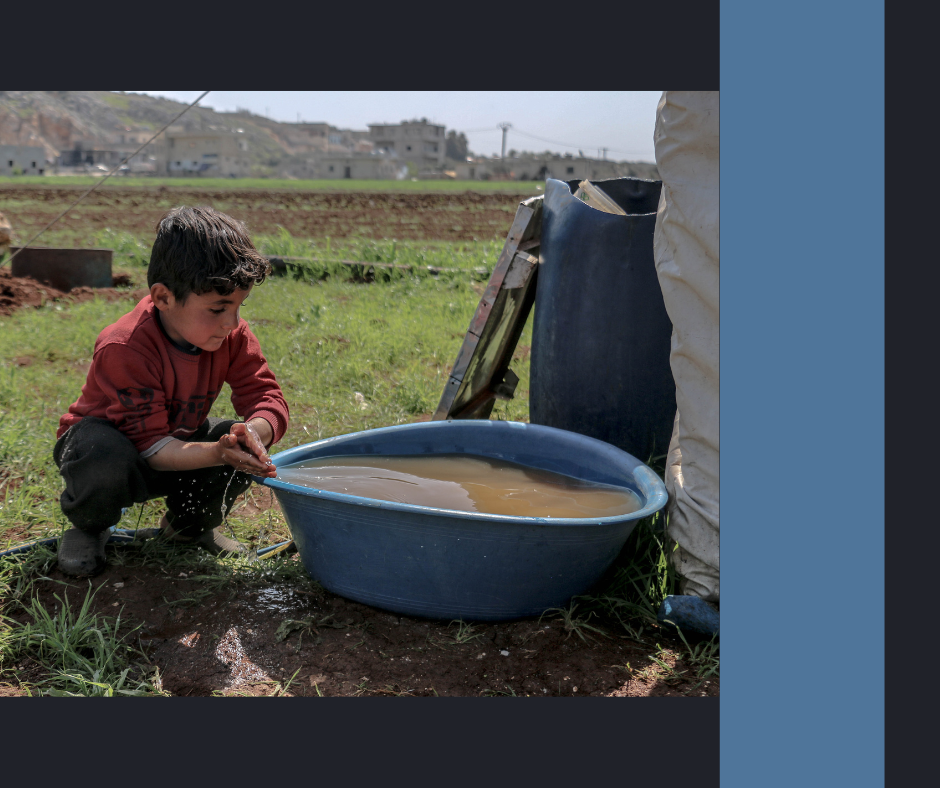
Signs That Water May Be Contaminated
Share
In an emergency, water is your most important resource. But not all water is safe to drink—even if it looks clear.
Contaminated water can make you or your family seriously ill. That’s why it’s critical to know the signs of unsafe water before you drink it, especially during disasters like floods, earthquakes, or infrastructure failures.
Here are the top signs that water may be contaminated—and what to do about it.
1. Unusual Color
Safe drinking water should be colorless or very close to it. If your water is:
- Brown or reddish – It may contain rust, dirt, or even sewage.
- Yellow – Could indicate iron, copper, or organic material.
- Green or blue – May be due to algae or copper corrosion.
- Cloudy or milky – May contain sediment, microorganisms, or chemical contaminants.
Don’t drink discolored water without filtering and purifying it first.
2. Bad Odor
Smelly water is a major red flag. Watch for:
- Rotten egg smell – Often indicates hydrogen sulfide or sulfur bacteria.
- Chlorine smell – Could be from over-treated tap water or chemical contamination.
- Sewage smell – Extremely dangerous; may contain harmful bacteria or viruses.
- Gasoline or chemical odor – Suggests chemical spills or runoff.
If water smells off in any way, assume it’s contaminated.
3. Strange Taste
Never rely on taste alone, but if water:
- Tastes metallic, bitter, or soapy
- Leaves a film or coating on your tongue
- Has an unexpected aftertaste
…it’s likely unsafe to drink, even if it looks clean.
4. Sediment or Floating Particles
Visible debris like:
- Sand or dirt
- Rust flakes
- Organic matter (leaves, twigs, algae)
…suggests the water source has been compromised. Filtering may help, but disinfection is still necessary to remove bacteria, viruses, and parasites.
5. Nearby Hazards or Events
Even if water looks fine, consider the context. Water may be contaminated if:
- There’s been a flood, earthquake, or wildfire
- You’re near agricultural runoff or industrial facilities
- Your area has boil water advisories
- Animals are using the water source (streams near livestock are especially risky)
- A dead animal is found upstream or near your water source
Situational awareness is key to staying safe.
6. Stomach Issues After Drinking
If you or a family member experience:
- Nausea
- Vomiting
- Diarrhea
- Fever
…shortly after drinking questionable water, seek medical help. These could be symptoms of waterborne illness from bacteria like E. coli, Giardia, or Cryptosporidium.
What to Do If You Suspect Water Contamination
If any of the signs above are present—or if you just aren’t sure—play it safe and treat the water.
Basic Steps:
1. Filter it – Remove sediment and debris with a clean cloth, coffee filter, or portable water filter.
2. Disinfect it – Use one of the following methods:
- Boil for 1–3 minutes
- Use water purification tablets (follow instructions)
- Add unscented bleach - 1/8 tsp per gallon, stir well and wait 30 minutes before drinking. Ensure that the bleach concentration is between 5%-9% sodium hypochlorite. (This is the recommended ration by the CDC, WHO, and EPA)
Best Practice
Store at least one gallon of clean water per person per day for 3–14 days. That way, you’ll always have safe water on hand if your usual supply becomes contaminated.
Final Thoughts
Clean water is not something to gamble with—especially in an emergency. Train yourself to look for signs of contamination, and make water treatment a non-negotiable part of your preparedness plan.
At Ready & Prepped, we believe that knowledge is just as important as gear. The more you know, the safer you’ll be—no matter what comes your way.
No fuss. No fluff. No fear.
Other Articles of Interest
Emergency Water Storage and Preparation
